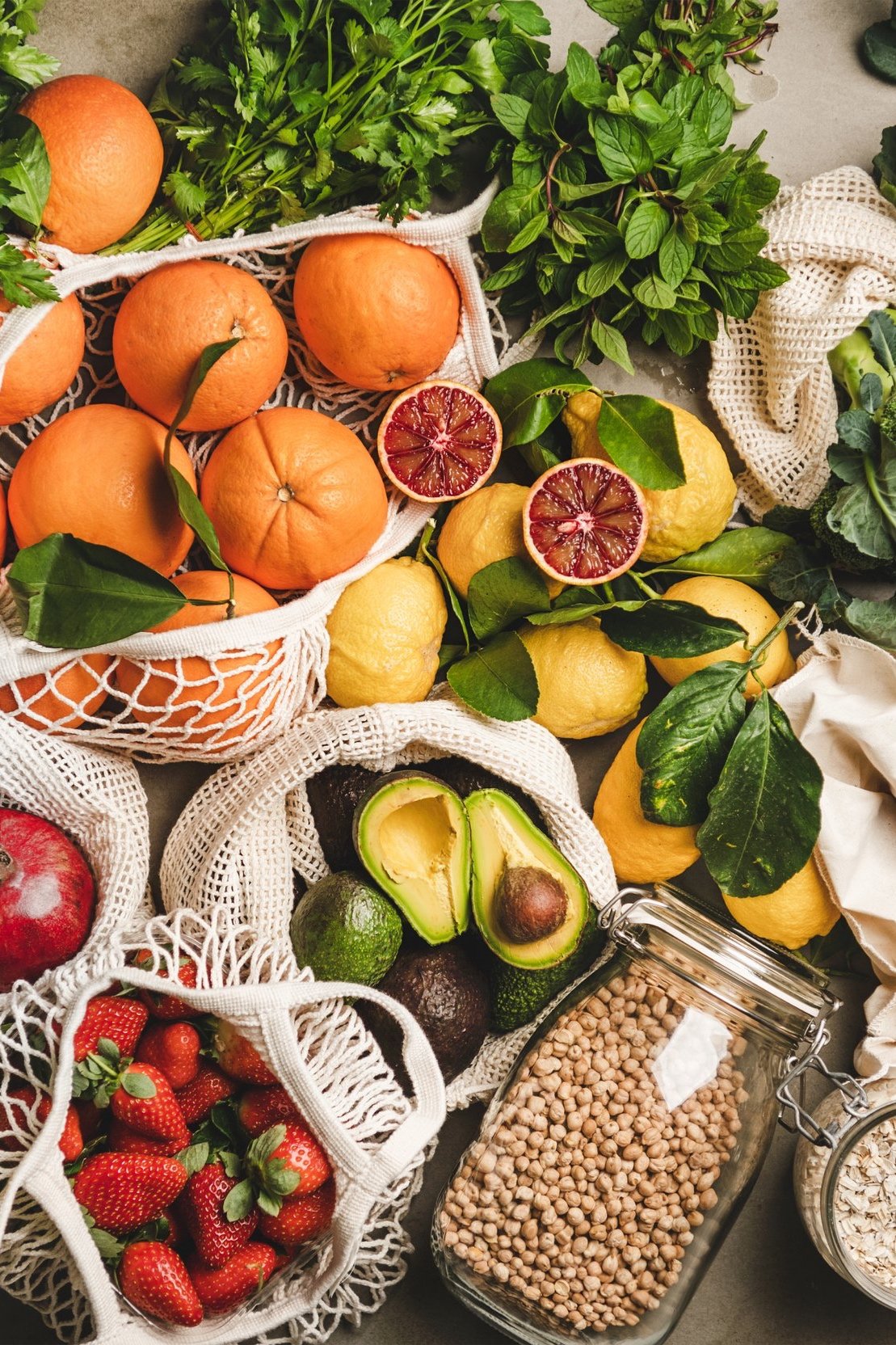Latest from the blog
how a sustainable and balanced diet can help you reach your health goals
Especially around the New Year, it’s easy to get sidetracked from long term health goals. Social media is flush with trendy diets and exercise programs that promise quick results with limited effort. Some diets might exclude entire food groups or restrict calories to childhood levels. It’s important to remember though, quick fixes rarely last, and restrictive diets aren’t good for you long term. A healthy diet and lifestyle is all about balance, nourishing your body, and finding a sustainable approach that best works for you.
everything you need to know about fiber
Fiber plays a critical role in maintaining a healthy digestive system, promoting satiety, and supporting healthy blood sugar levels. Understanding the importance of fiber and how to incorporate it into your daily routine can have a positive impact on your everyday living.
how to make a weekly meal plan
In this blog post, we'll explore the art of meal planning and cover three essential subtopics: giving yourself time to plan, including some of your favorite meals, and making the most of leftovers.
9 tips for eating more plant-based proteins
Incorporating more plant-based proteins is not only beneficial for individual health but also for the health of our planet. Read the blog by dietitian Kelly Powers to learn practical and sustainable tips for eating more plant-based proteins.
how to stock a healthy pantry: a step-by-step guide
Creating a well-stocked pantry isn't just about collecting ingredients; it's a commitment to your health and vitality. Your environment directly impacts your health—set yourself up for success by stocking your pantry well.
how to build a better smoothie
You can make a better smoothie. Smoothies are the quickest way to get in your fruits and veggies — but they can be so much more than that. With a few enhancements, you can turn a simple smoothie into a delicious and nutritious meal that keeps you satiated for hours.
how to turn a salad into a meal
With just a handful of ingredients, you can turn a simple salad into a balanced, filling, and nourishing meal. Follow the formula below and you’ll be building salads that you thoroughly enjoy and even crave in no time.
how to build a balanced plate
Learn how to build a balanced plate by Registered Dietitian and Culinary Nutritionist Kelly Powers, MA, RD.
beginner's guide to fat-soluble vitamins: all you need to know
One of the biggest food myths in the world revolves around nutrient absorption. Most assume the foods we put into the body are entirely digested, absorbed, and stored, however, this isn’t the case. As food is eaten, the body immediately starts breaking it down into smaller molecules that we can use and store. Due to the complexity of the human body, these molecules must travel through various pathways to reach their final destination. The utilization rate of each molecule depends on the path used, but 100% of the vitamin or mineral is generally not absorbed or stored.
how to turn your daily harvest smoothie into an actual meal
These packaged smoothies are super convenient and a great starting point. Let’s take a look at how you can make them better.
a whole food diet is more sustainable for weight loss — here’s why
Keto, Intermittent Fasting, Atkins, low-fat, Paleo, Whole30 — you’ve probably heard of one or more of these common weight loss diets. Although you can lose weight on these diets, they are, in fact, unsustainable for weight loss or weight management in the long run.
how to build the perfect smoothie
Been on Instagram in the past year? I bet you’ve seen 100’s of them — likely 1,000’s. Smoothies. Or smoothie bowls if you’re current on trends. Why have these colorful, gram-worthy beverages taken the digital world by storm? Well, if you’ve seen any of the posts, you know — they’re beautiful. They’re also a vessel for endless combinations of flavors and nutrients — high in fiber, protein, vitamins, and minerals. When done right, they’re satiating and delicious.
what you eat series: breakfast
I often write about how you eat. But today’s post is a bit different – it’s going to focus on what you eat. It’s the start of the What You Eat series; a collection of posts to show you healthy eating can be practical, simple, and delicious. Today, we’ll kick off the series with breakfast – the most important meal of the day.
do multivitamins really improve your health?
Often times we’re looking for a quick fix, or that one pill, that will solve all our health problems. You know — the latest fad diet, a meal replacement, or a powerful vitamin that’ll heal you from the inside out. We’ve heard it all. But let’s start with one simple question – do you even need a multivitamin?














